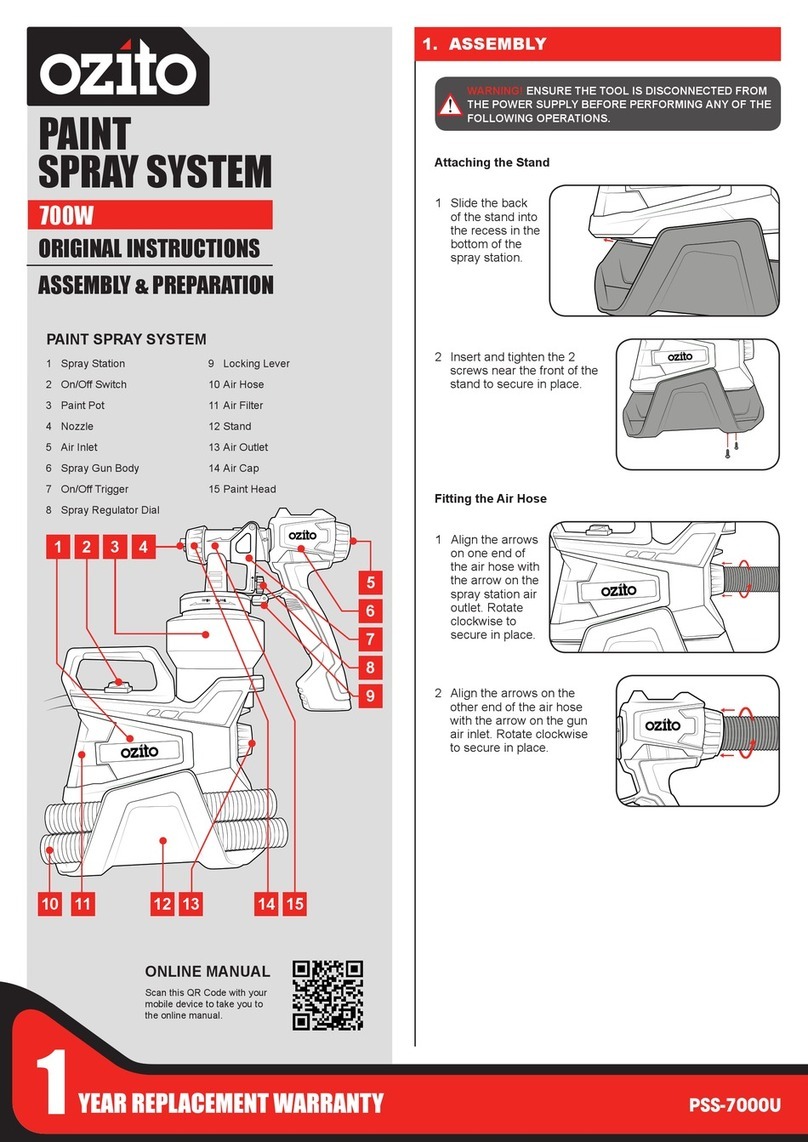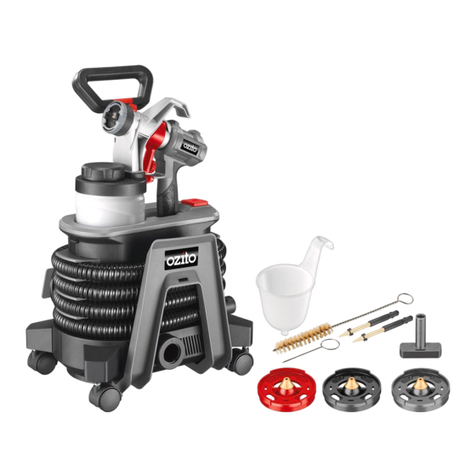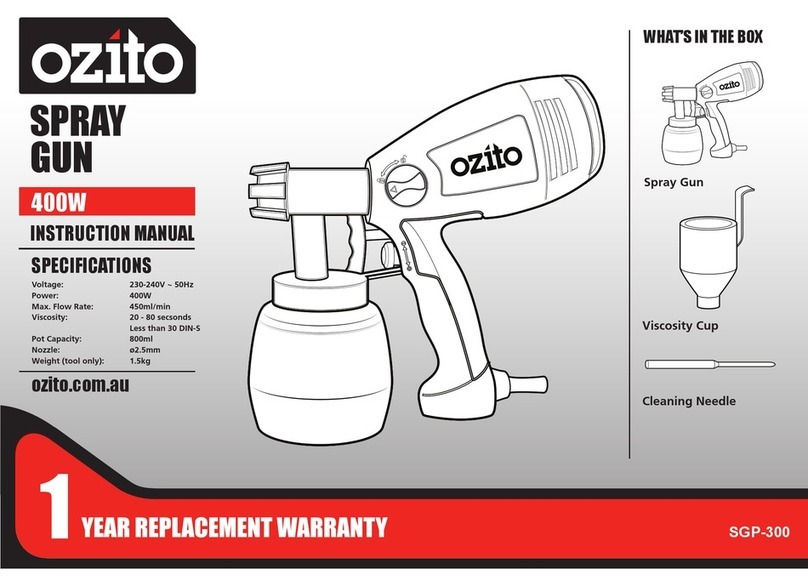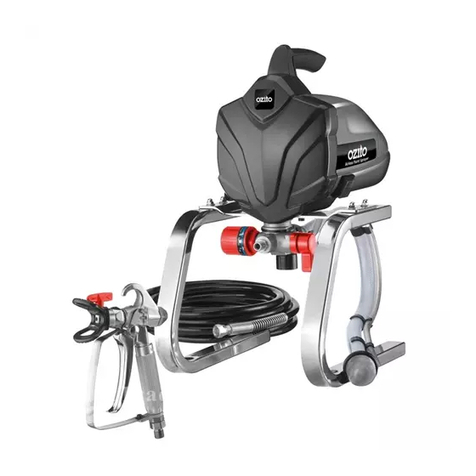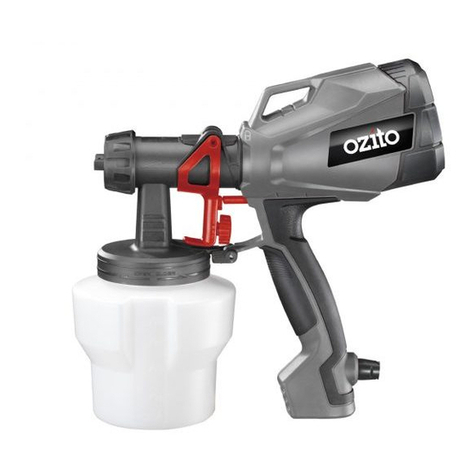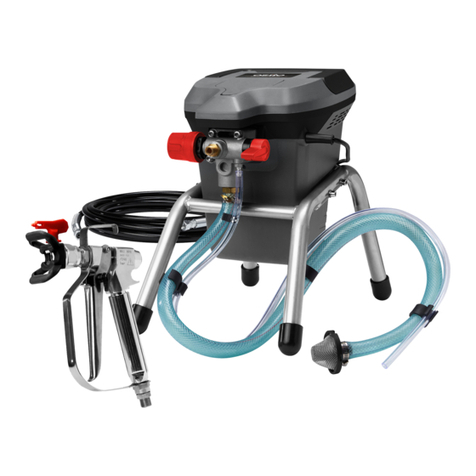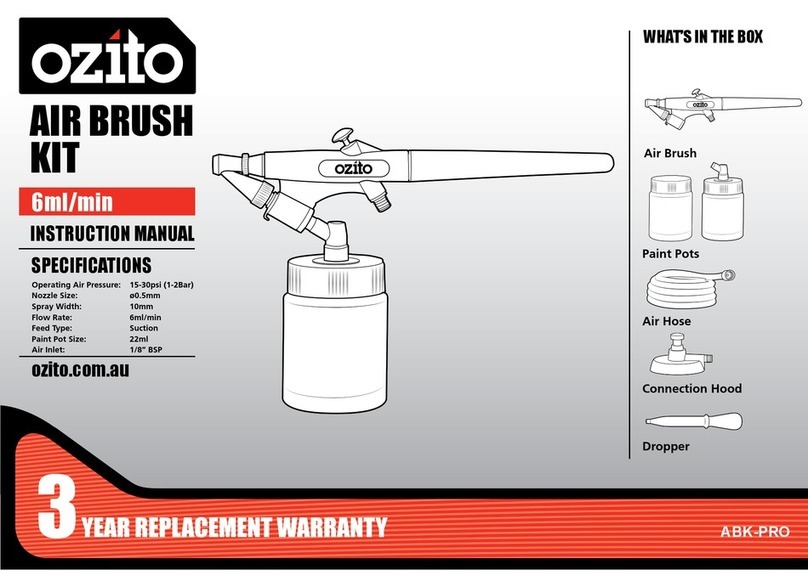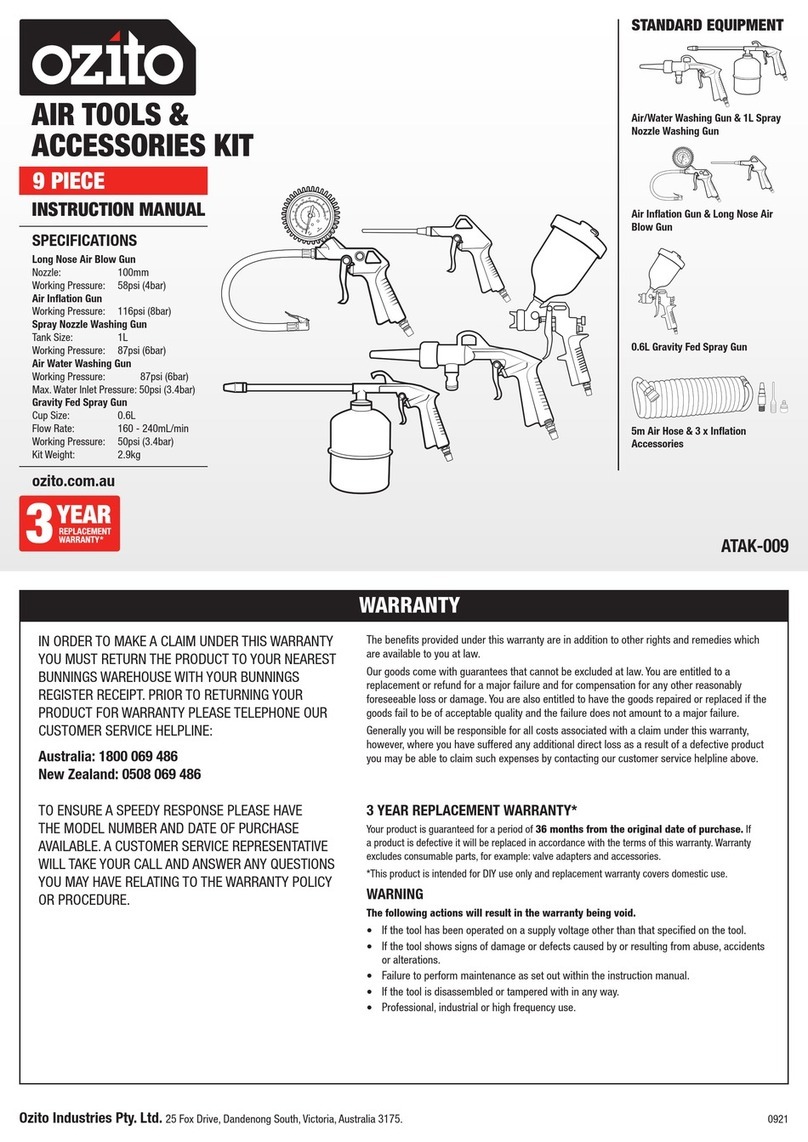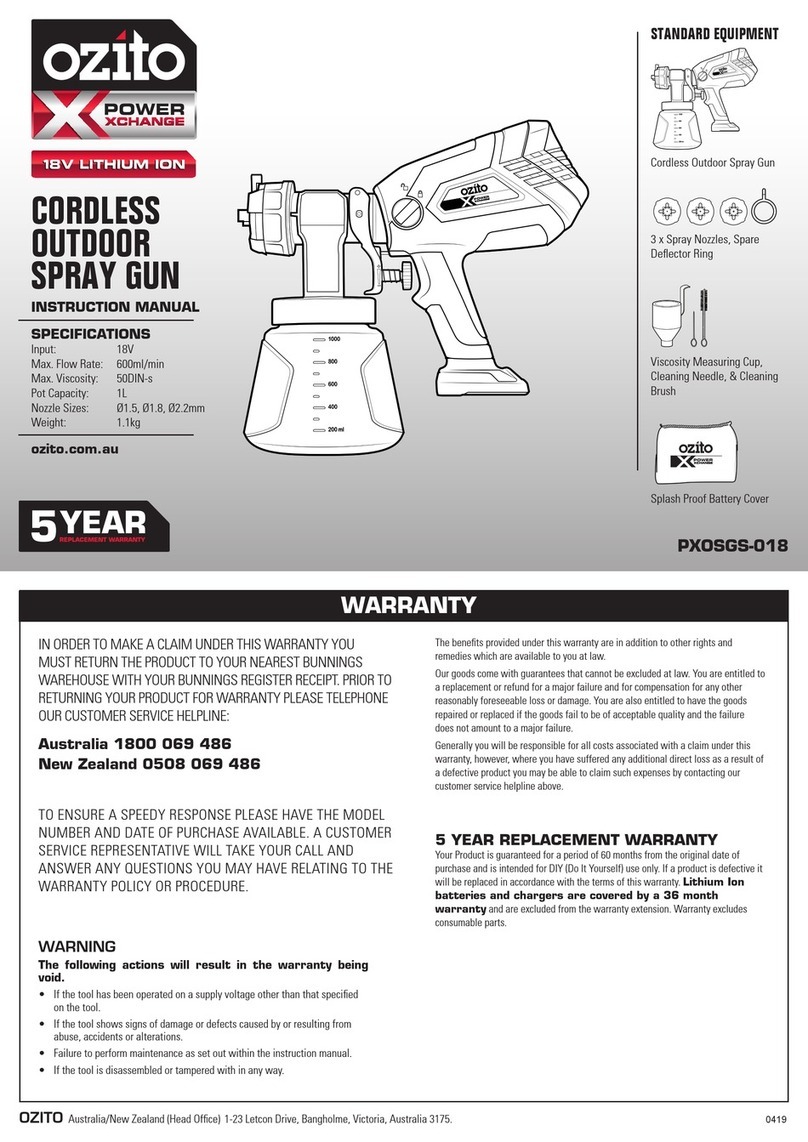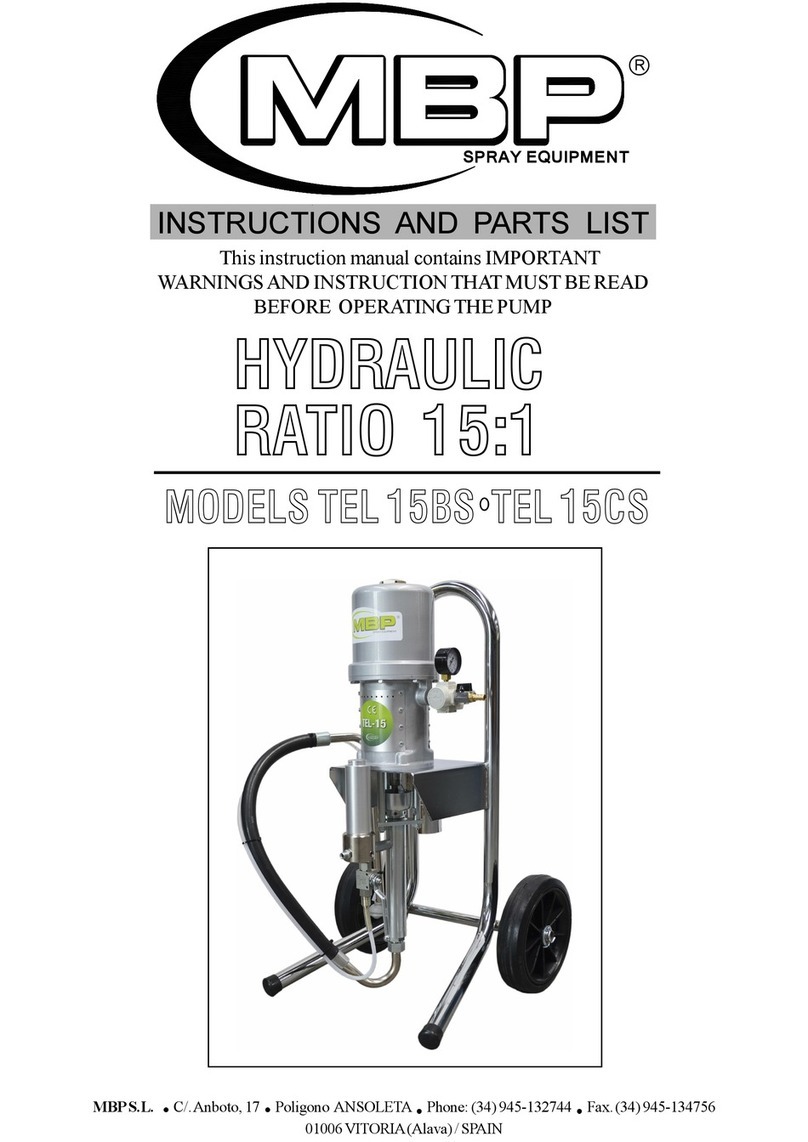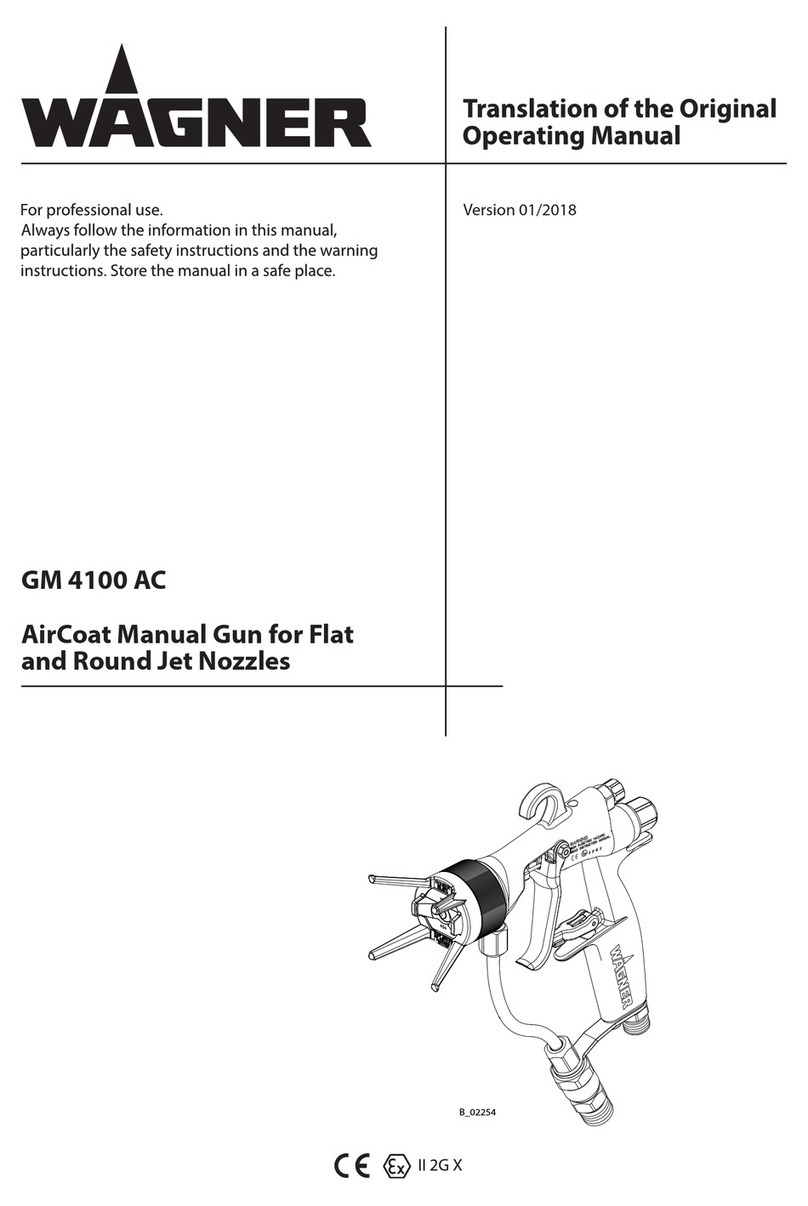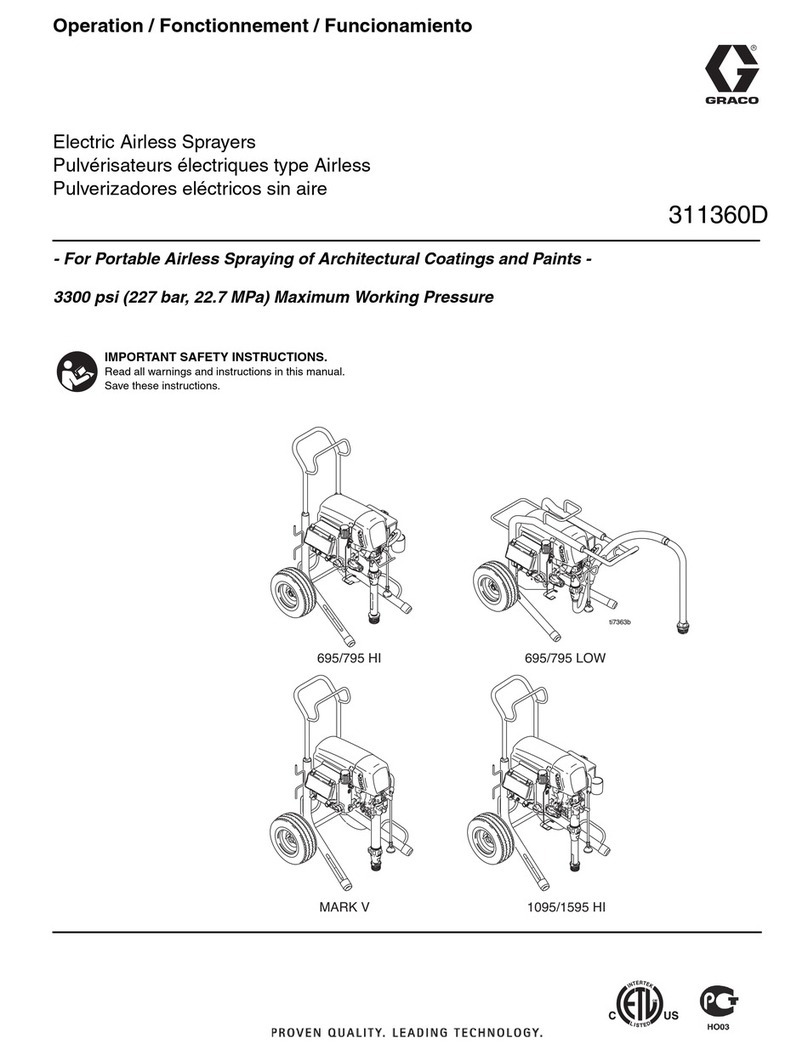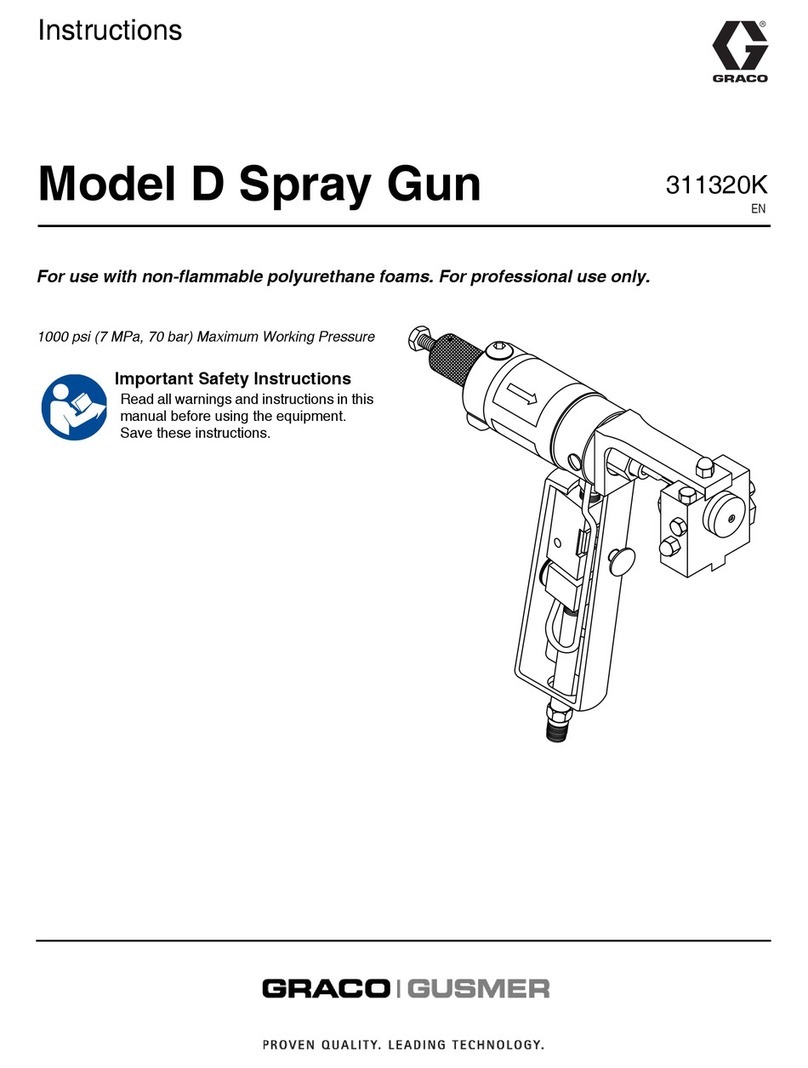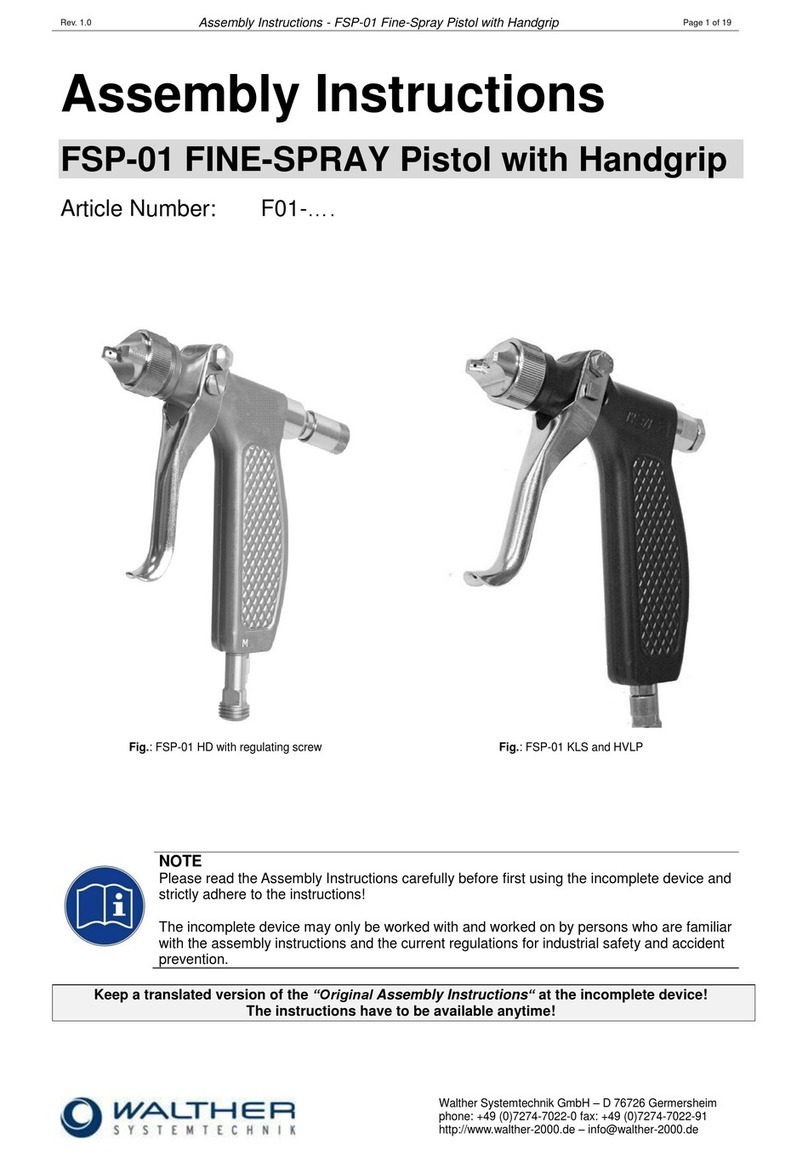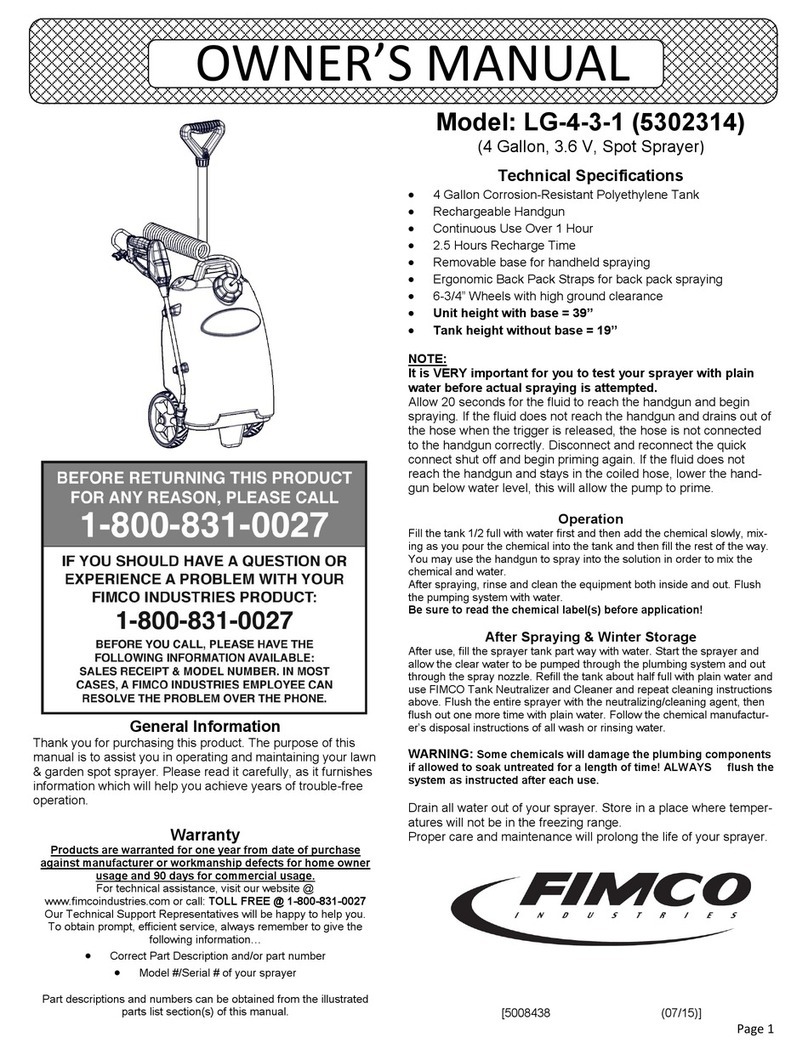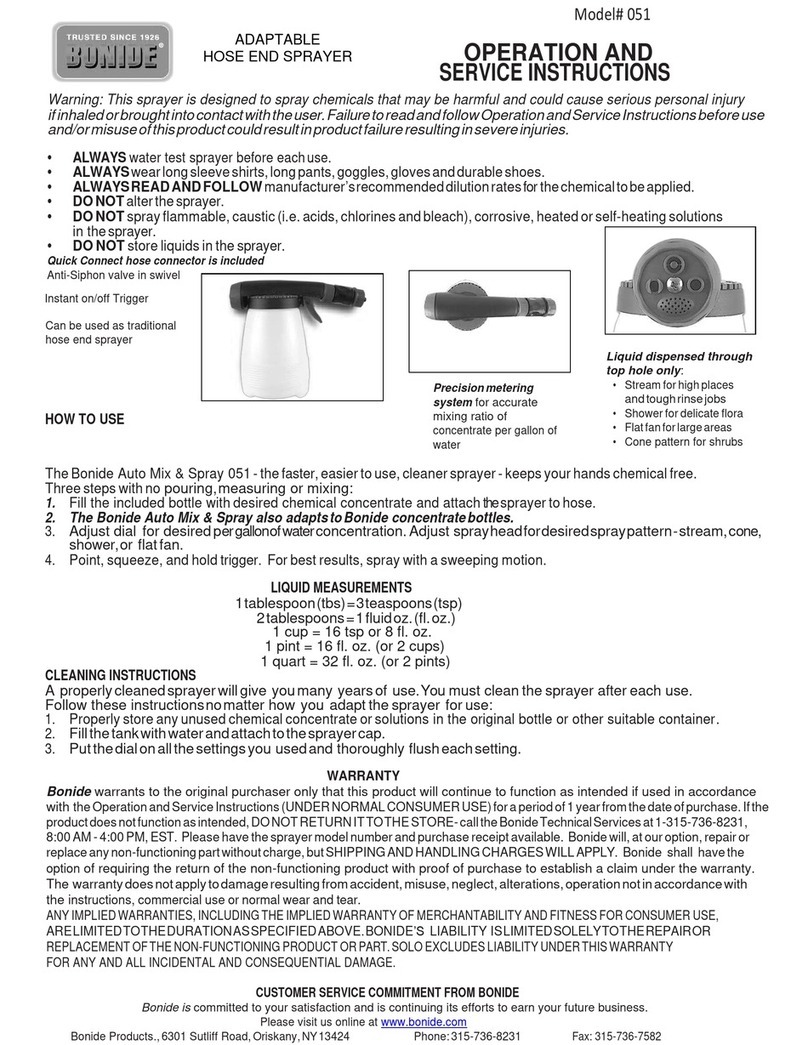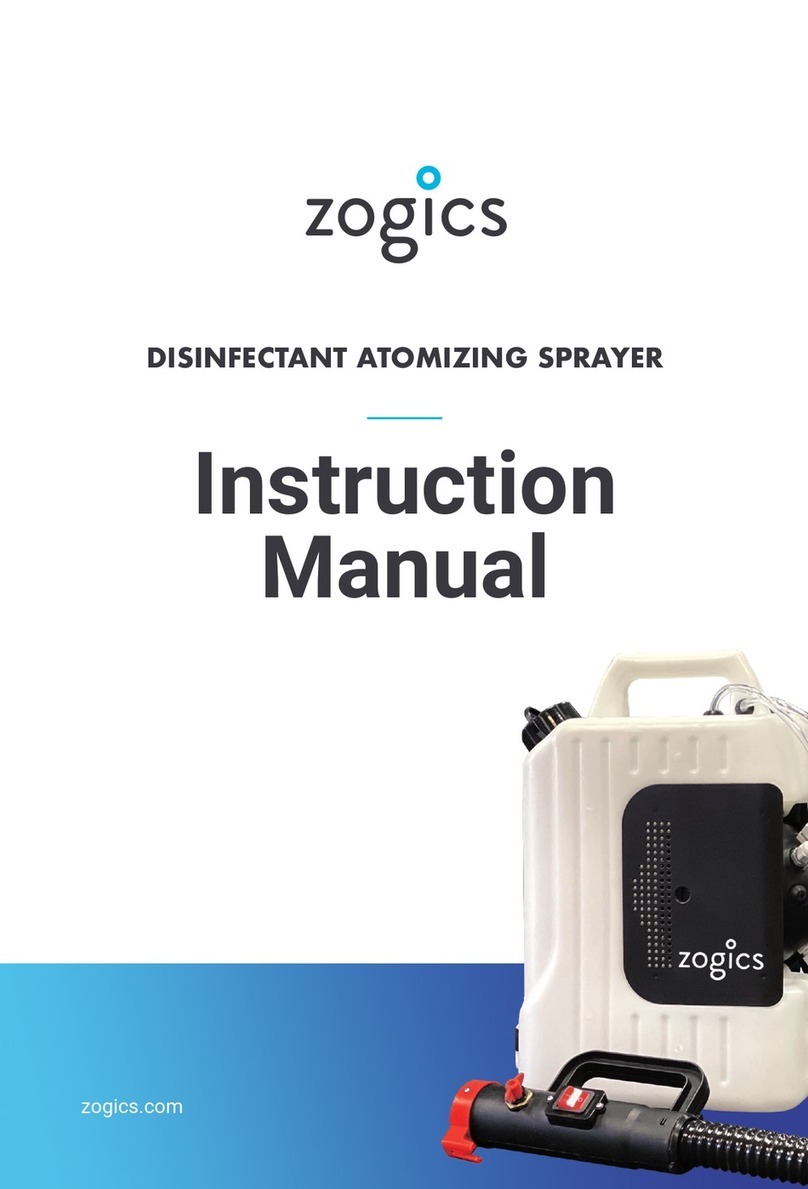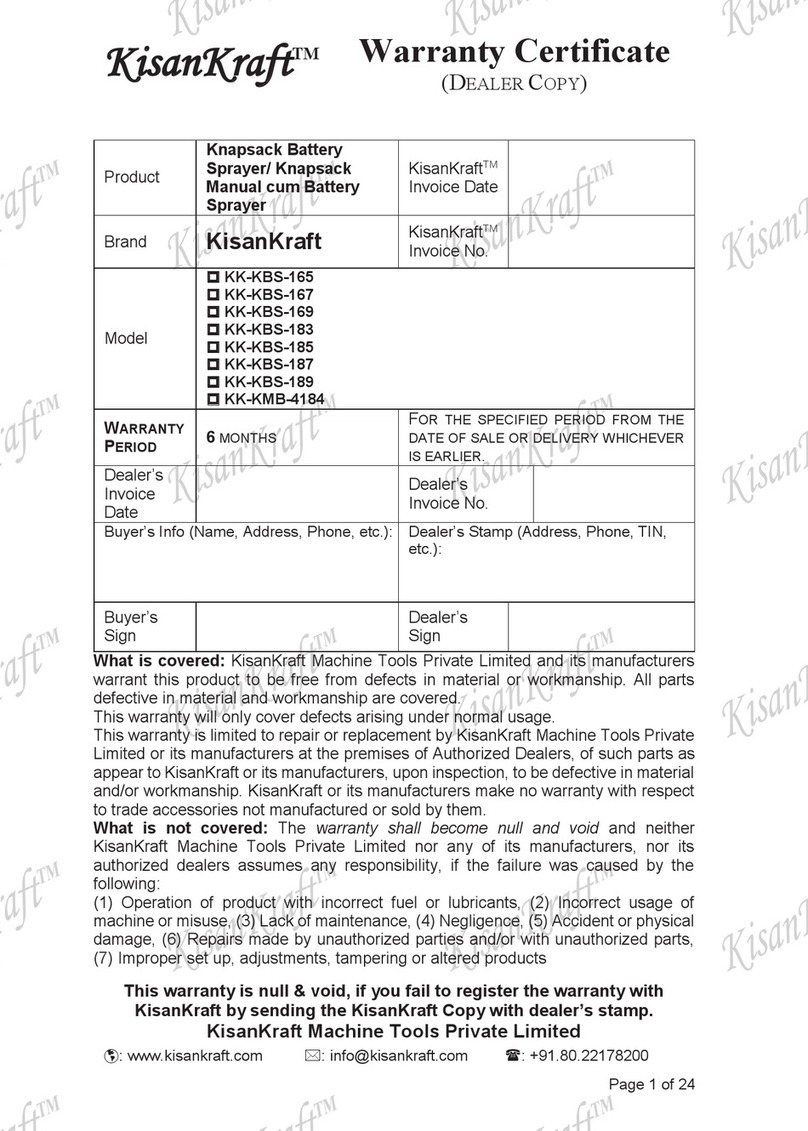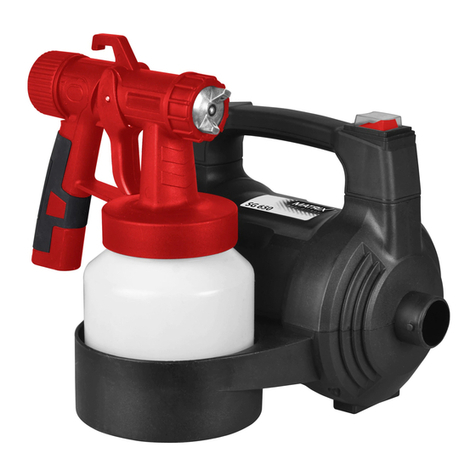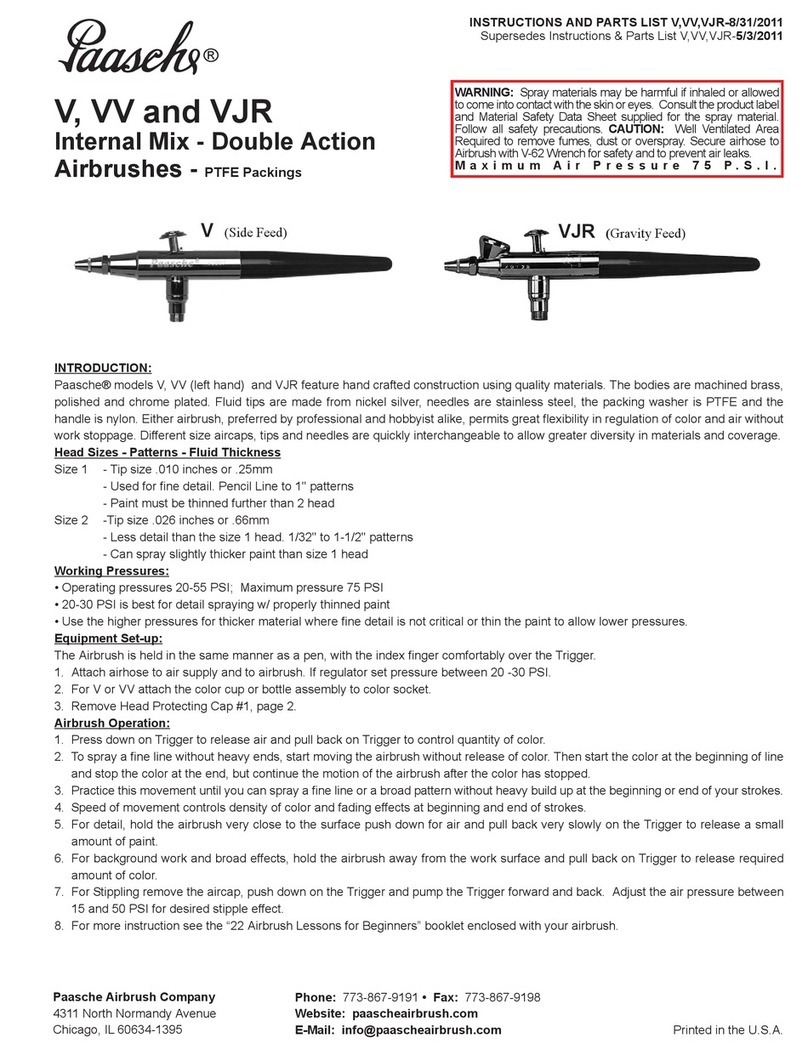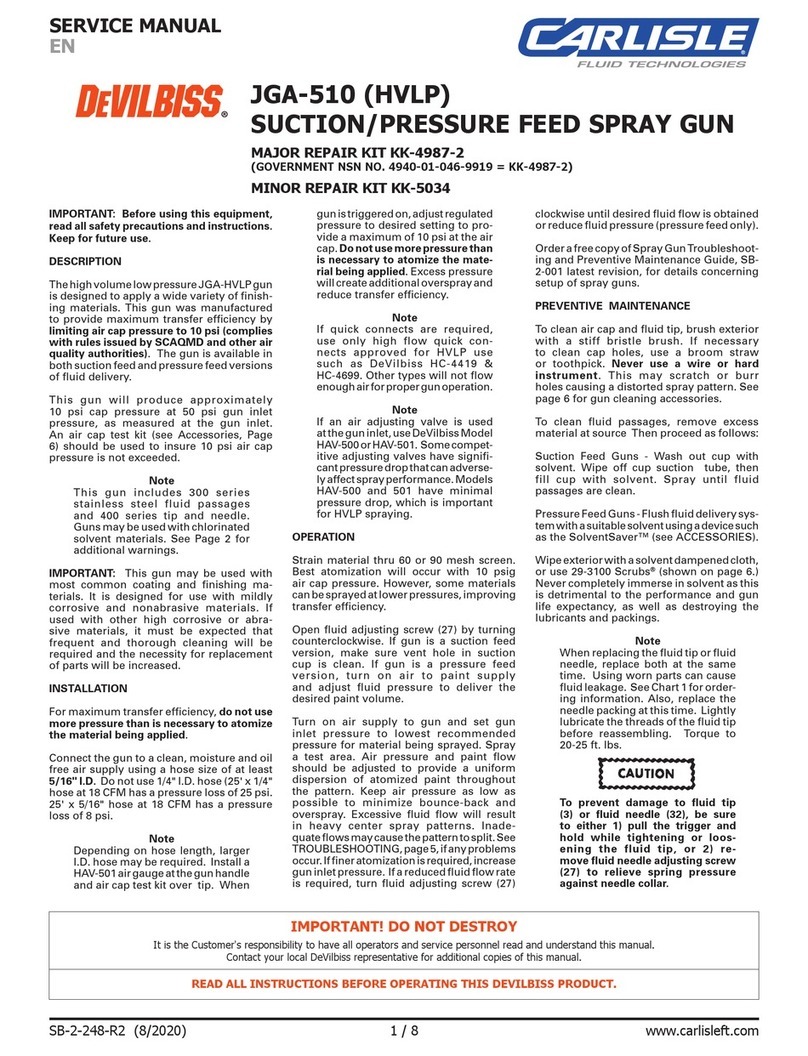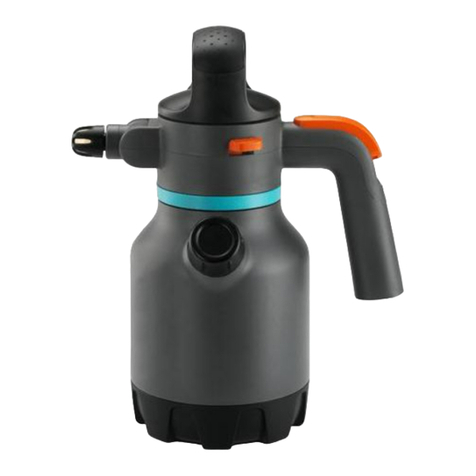
WEED SPRAYER SAFETY WARNINGS
WARNING! When using mains-powered tools, basic safety precautions, including
the following, should always be followed to reduce risk of fire, electric shock, personal
injury and material damage.
Read the whole manual carefully and make sure you know how to switch the tool off in an emergency, before operating the tool.
Save these instructions and other documents supplied with this tool for future reference.
The charger has been designed for 230V and 240V only. Always check that the power supply corresponds to the voltage on the rating
plate.
Note: The supply of 230V and 240V on Ozito tools are interchangeable for Australia and New Zealand.
This tools charger is double insulated in therefore no earth wire is required.
If the supply cord is damaged, it must be replaced by an electrician or a power tool repairer in order to avoid a hazard.
Note: Double insulation does not take the place of normal safety precautions when operating this tool. The insulation system is for
added protection against injury resulting from a possible electrical insulation failure within the tool.
The power supply for this products charger should be protected by a residual current device (rated at 30mA or less). A residual current
device reduces the risk of electric shock.
GENERAL POWER TOOL SAFETY WARNINGS
ELECTRICAL SAFETY
WARNING! Read all safety warnings and all instructions. Failure to follow the
warnings and instructions may result in electric shock, re and/or serious injury.
Save all warnings and instructions for future reference. The term “power
tool” in the warnings refers to your mains-operated (corded) power tool or
battery-operated (cordless) power tool.
1. Work area safety
a. Keep work area clean and well lit. Cluttered or dark areas invite accidents.
b. Do not operate power tools in explosive atmospheres, such as in the presence of
flammable liquids, gases or dust. Power tools create sparks which may ignite the dust or fumes.
c. Keep children and bystanders away while operating a power tool. Distractions can cause
you to lose control.
2. Electrical safety
a. Power tool plugs must match the outlet. Never modify the plug in any way. Do
not use any adapter plugs with earthed (grounded) power tools. Unmodied plugs and
matching outlets will reduce risk of electric shock.
b. Avoid body contact with earthed or grounded surfaces, such as pipes, radiators,
ranges and refrigerators. There is an increased risk of electric shock if your body is earthed or grounded.
c. Do not expose power tools to rain or wet conditions. Water entering a power tool will
increase the risk of electric shock.
d. Do not abuse the cord. Never use the cord for carrying, pulling or unplugging the
power tool. Keep cord away from heat, oil, sharp edges or moving parts. Damaged or
entangled cords increase the risk of electric shock.
e. When operating a power tool outdoors, use an extension cord suitable for
outdoor use. Use of a cord suitable for outdoor use reduces the risk of electric shock.
f. If operating a power tool in a damp location is unavoidable, use a residual current
device (RCD) protected supply. Use of an RCD reduces the risk of electric shock.
3. Personal safety
a. Stay alert, watch what you are doing and use common sense when operating a
power tool. Do not use a power tool while you are tired or under the influence of
drugs, alcohol or medication. A moment of inattention while operating power tools may result in serious
personal injury.
b. Use personal protective equipment. Always wear eye protection. Protective equipment
such as dust mask, non-skid safety shoes, hard hat, or hearing protection used for appropriate conditions will reduce
personal injuries.
c. Prevent unintentional starting. Ensure the switch is in the off-position before
connecting to power source and/or battery pack, picking up or carrying the tool.
Carrying power tools with your nger on the switch or energising power tools that have the switch on invites
accidents.
d. Remove any adjusting key or wrench before turning the power tool on. A wrench or a
key left attached to a rotating part of the power tool may result in personal injury.
e. Do not overreach. Keep proper footing and balance at all times. This enables better
control of the power tool in unexpected situations.
f. Dress properly. Do not wear loose clothing or jewellery. Keep your hair, clothing
and gloves away from moving parts. Loose clothes, jewellery or long hair can be caught in moving
parts.
g. If devices are provided for the connection of dust extraction and collection
facilities, ensure these are connected and properly used. Use of dust collection can reduce
dust-related hazards.
4. Power tool use and care
a. Do not force the power tool. Use the correct power tool for your application. The
correct power tool will do the job better and safer at the rate for which it was designed.
b. Do not use the power tool if the switch does not turn it on and off. Any power tool that
cannot be controlled with the switch is dangerous and must be repaired.
c. Disconnect the plug from the power source and/or the battery pack from the
power tool before making any adjustments, changing accessories, or storing
power tools. Such preventive safety measures reduce the risk of starting the power tool accidentally.
d. Store idle power tools out of the reach of children and do not allow persons
unfamiliar with the power tool or these instructions to operate the power tool.
Power tools are dangerous in the hands of untrained users.
e. Maintain power tools. Check for misalignment or binding of moving parts,
breakage of parts and any other condition that may affect the power tool’s
operation. If damaged, have the power tool repaired before use. Many accidents are
caused by poorly maintained power tools.
f. Keep cutting tools sharp and clean. Properly maintained cutting tools with sharp cutting edges are
less likely to bind and are easier to control.
g. Use the power tool, accessories and tool bits etc. in accordance with these
instructions, taking into account the working conditions and the work to be
performed. Use of the power tool for operations different from those intended could result in a hazardous
situation.
5 Battery tool use and care
a. Recharge only with the charger specified by the manufacturer. A charger that is suitable
for one type of battery pack may create a risk of re when used with another battery pack.
b. Use power tools only with specifically designated battery packs. Use of any other battery
packs may create a risk of injury and re.
c. When battery pack is not in use, keep it away from other metal objects, like
paper clips, coins, keys, nails, screws or other small metal objects, that can
make a connection from one terminal to another. Shorting the battery terminals together may
cause burns or a re.
d. Under abusive conditions, liquid may be ejected from the battery; avoid contact. If
contact accidentally occurs, flush with water. If liquid contacts eyes, additionally
seek medical help. Liquid ejected from the battery may cause irritation or burns.
e. Do not use a battery pack or tool that is damaged or modified. Damaged or modied
batteries may exhibit unpredictable behaviour resulting in re, explosion or risk of injury.
f. Do not expose a battery pack or tool to fire or excessive temperature. Exposure to re
or temperature above 130 °C may cause explosion.
g. Follow all charging instructions and do not charge the battery pack or tool
outside the temperature range specified in the instructions. Charging improperly or at
temperatures outside the specied range may damage the battery and increase the risk of re.
6 Service
a. Have your power tool serviced by a qualified repair person using only identical
replacement parts. This will ensure that the safety of the power tool is maintained.
b. Never service damaged battery packs. Service of battery packs should only be performed by the
manufacturer or authorized service provider.
¥. Never alloy children with reduced physical, sensory or mental capabilities or lack of experience and
knowledge or people unfamiliar with these instructions to use the product.
• Do not spray ammable liquids, such as petrol, to reduce the risk of re or explosion.
¥. Always follow the chemical manufacturer’s instructions printed on their product labeling for use,
cleaning, and storage. Chemicals should be stored out of the reach of children.
¥. Do not spray any material where the hazard is not known.
¥Do not spray where spark, ame, or other source of ignition is present.
¥Do not spray in the direction of people or animals. Always spray downwind.
¥Do not smoke, eat, or drink while using the product.
¥Do not discharge directly against skin.
¥Do not let the spray materials come in contact with skin. If contact does occur, wash immediately with
soap and plenty of water.
¥To reduce exposure to spray materials, wear approved safety equipment, such as face mask designed
for spraying, gloves, and other appropriate protective equipment.
¥Do not use ammable solvents or abrasive cleaning agents to clean the product.
¥Be aware of any hazards presented by the spray materials. Before using any pesticide or other
spray materials with the product, carefully read the label on the original container and follow the
instructions.
¥Keep the area clear of all bystanders, children, and pets while spraying.
¥Remember to properly replace and tighten the spray tank cover after pouring liquid into the spray tank.
¥Use only consumer-grade water-based lawn and garden chemicals.
¥Do not use commercial-grade chemicals or chemicals for commercial or industrial purposes.
¥Do not use caustic (alkali) self-heating or corrosive (acid) liquids with the product. These can corrode
metal parts or weaken the tank and hose.
¥Do not leave residue or spray material in the spray tank after using the product. Clean after each use.
¥Electric shock hazard. Do not spray towards electrical outlets.
¥Aim the nozzle directly at the plants or objects you intend to spray.
¥Do not pour hot or boiling liquids into the spray tank. These can weaken or damage the hose or spray
tank.
¥Do not overll the tank.
¥Always check for leaks. If any are found, correct them before using the product.
¥The spray area must be well ventilated.
¥Always inspect both the inside and outside of the product before each use.
¥Liquids to be sprayed must be as thin as water. Thicker liquids will not spray properly.
¥Spray materials may be premixed and poured into the spray tank using a funnel, if necessary.
¥. When using a measuring container other than the measuring cup, or when using a funnel to ll the
tank, thoroughly clean and rinse these items after use. When premixing spray materials, rinse the
container used for mixing.
¥Ensure that the spray materials are directed at an area that will not be damaged by the spray
materials.
• Do not spray material onto the unit.
¥Avoid spraying on windy days. The spray materials can be accidentally blown onto plants or objects
that should not be sprayed.
¥Keep spray materials away from eyes. If spray materials come in contact with the eyes, wash them
immediately with clean water. If irritation is still present, immediately seek medical help.
¥The product may be operated with the spray wand handle resting in the cradle, or may be removed
from the cradle and be held by the operator.
¥After every use, thoroughly wash your hands and any area where skin has been exposed to the spray.
¥Maintain the product. Thoroughly inspect both the inside and outside of the product and examine the
components before each use. Check for cracked and deteriorated hoses, leaks, clogged nozzles, and
missing or damaged parts. If damaged, have the product repaired before use. Many accidents are
caused by poorly maintained products.
¥Remove the battery from the product before draining, cleaning, or storing to avoid accidental starting.
